Snake plants (also called Sansevieria or Dracaena trifasciata) are famously tough, but winter can still trip them up. Cold drafts, hot radiator air, and overwatering when light is low are the main culprits behind mushy leaves and sudden collapse. Use this simple, winter-specific guide to keep your plant firm, upright, and green until spring.

Quick winter rules
- Light: Move closer to bright, indirect light—winter sun is weaker.
- Water: Less often and only when the top 5–7 cm (2–3 in) of soil is dry.
- Temperature: Keep between 16–27°C (61–80°F). Avoid cold windows and heater blasts.
- Air: Gentle airflow is good; cold drafts are not.
- Soil & pot: Fast-draining, peat-free mix and a pot with drainage holes.
1) Drafts: the silent winter stress
Why drafts damage snake plants
Cold air drops leaf and root temperatures quickly, slowing water uptake and inviting rot. A plant that’s fine in summer can crash in winter simply because it now sits near a leaky window or door.
What to do
- Check the zones: Feel for cold air around windows, balcony doors, and stairwells.
- Pull back 30–60 cm (1–2 ft): Create a buffer from glass and gaps.
- Use an insulating layer: Sheer curtain or blind to soften temperature swings.
- Night routine: If you open windows at night, move the plant farther in temporarily.
2) Heaters: hot air, dry leaves, thirsty roots (sometimes)
The heater puzzle
Radiators and space heaters dry the air and warm the pot. That can speed up drying on watering day—but the rest of the week, low winter light slows growth and water use. The result is confusing signals and overwatering risk.
Best practices
- Keep 1 m (3 ft) away from direct heater blasts.
- Use a pebble tray or room humidifier to target 40–50% RH—enough for leaf edges, not so high that soil stays wet.
- Watch pot weight: If the pot is still heavy after a week, wait.
- Dust leaves monthly: Clean surfaces use light better and grow sturdier, water-efficient tissue.
3) Less water (and smarter water)
Winter watering cadence
There’s no single schedule, but most homes land around:
- Bright room: every 2–3 weeks
- Medium light: every 3–4 weeks
- Low light: every 4+ weeks
Always confirm with the finger test (top 5–7 cm dry) and lift test (pot feels light).
Technique that prevents rot
- Loosen any dry crust on top.
- Water evenly around the rim until you get 10–15% runoff.
- Empty the saucer after 5 minutes.
- Don’t “sip water” the plant—deep, spaced waterings are safer.
Water temperature
Use room-temperature water. Cold water on cold soil = shock and rot risk.
4) Light: move closer without scorching

Winter light is weak, even in south or west windows. Snake plants tolerate shade, but they use water more predictably in brighter spots.
- Ideal: Bright, indirect light; morning sun is fine.
- Grow light option: 10–12 hours/day at ~30–45 cm (12–18 in) distance for compact growth.
- Rotate weekly for straight, even leaves.
5) Soil and pot: drainage saves plants in winter
Easy peat-free mix
- 50% quality potting mix or coco coir
- 30–40% perlite/pumice
- 10–20% fine bark or coarse grit
This stays airy even when you water less often. Always use a pot with drainage holes (terracotta breathes; plastic holds moisture longer).
6) Temperature and humidity
- Target temp: 16–27°C (61–80°F). Below 12°C (54°F) risks chilling injury (soft, translucent patches).
- Humidity: 40–50% is enough. Skip heavy nightly misting; it raises leaf wetness without helping roots.
7) Feeding and repotting (press pause)
- Fertiliser: Skip or keep to ¼ strength once in late winter if growth is active. Heavy feeding in low light causes soft, weak tissue.
- Repotting: Delay until spring unless there’s an emergency (severe rot). Cold + fresh soil is a classic failure combo.
8) Simple winter checklist
- ✅ Move to brighter spot; away from cold glass and heater blasts
- ✅ Water only when top 5–7 cm is dry; deep water and drain
- ✅ Keep 16–27°C and 40–50% RH
- ✅ Dust leaves; rotate weekly
- ✅ Pause fertiliser and repotting
9) Troubleshooting quick fixes
- Leaves turning mushy at the base: Likely cold + wet. Cut to sound tissue, let wounds dry 24–48 hours, repot into drier, airy mix, and move warmer.
- Wrinkled or floppy leaves but soil still wet: Roots are cold/stalled. Increase light and warmth; wait to water; add gentle airflow.
- Crispy tips near radiator: Add pebble tray or move back; check pot daily the first week after moving.
- Plant falls over after watering: Soil may be compacted. Aerate surface and water in two light passes, or repot in spring.
Winter FAQs
Should I cut off damaged leaves in winter?
Yes—remove soft or rotted sections. For cosmetic tip burn, trim along the natural shape.
Can snake plants live in low light all winter?
They survive, but growth slows and water use drops. Increase light to stabilize watering.
Is misting helpful?
Not necessary. Focus on room humidity and soil moisture, not wet leaves.
Final takeaway
Winter success with snake plants comes down to location and restraint: protect from drafts, keep a safe distance from heaters, water less—but thoroughly, and uphold great drainage. Small tweaks now prevent the big problems (rot, flop, mush) and set your plant up for a strong spring.




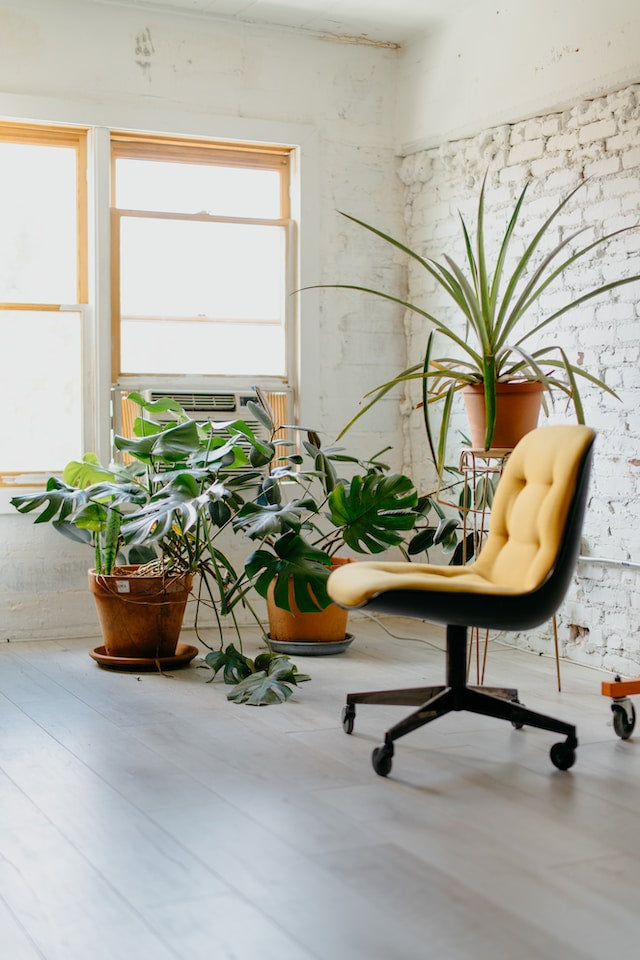
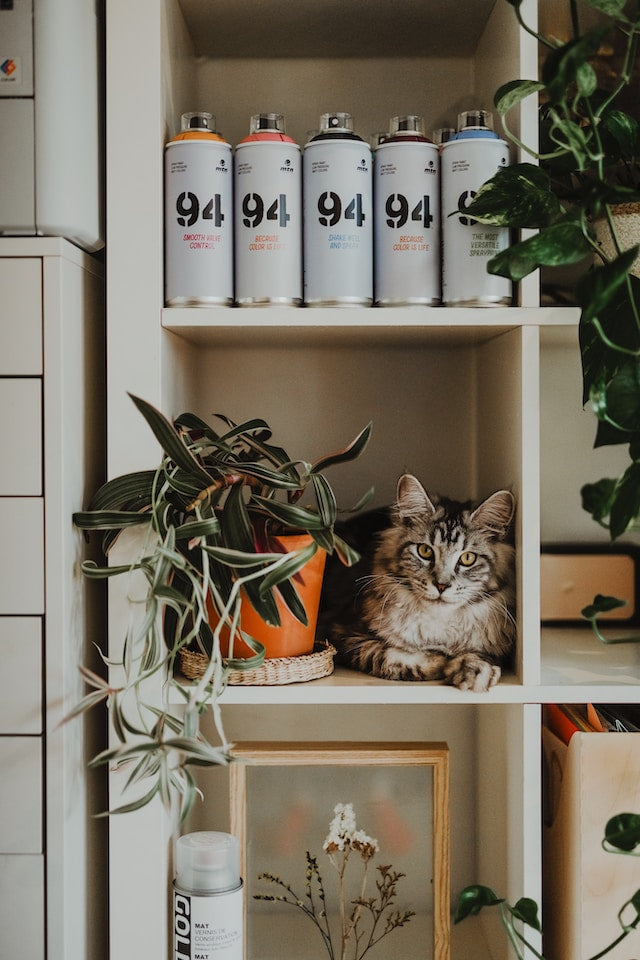
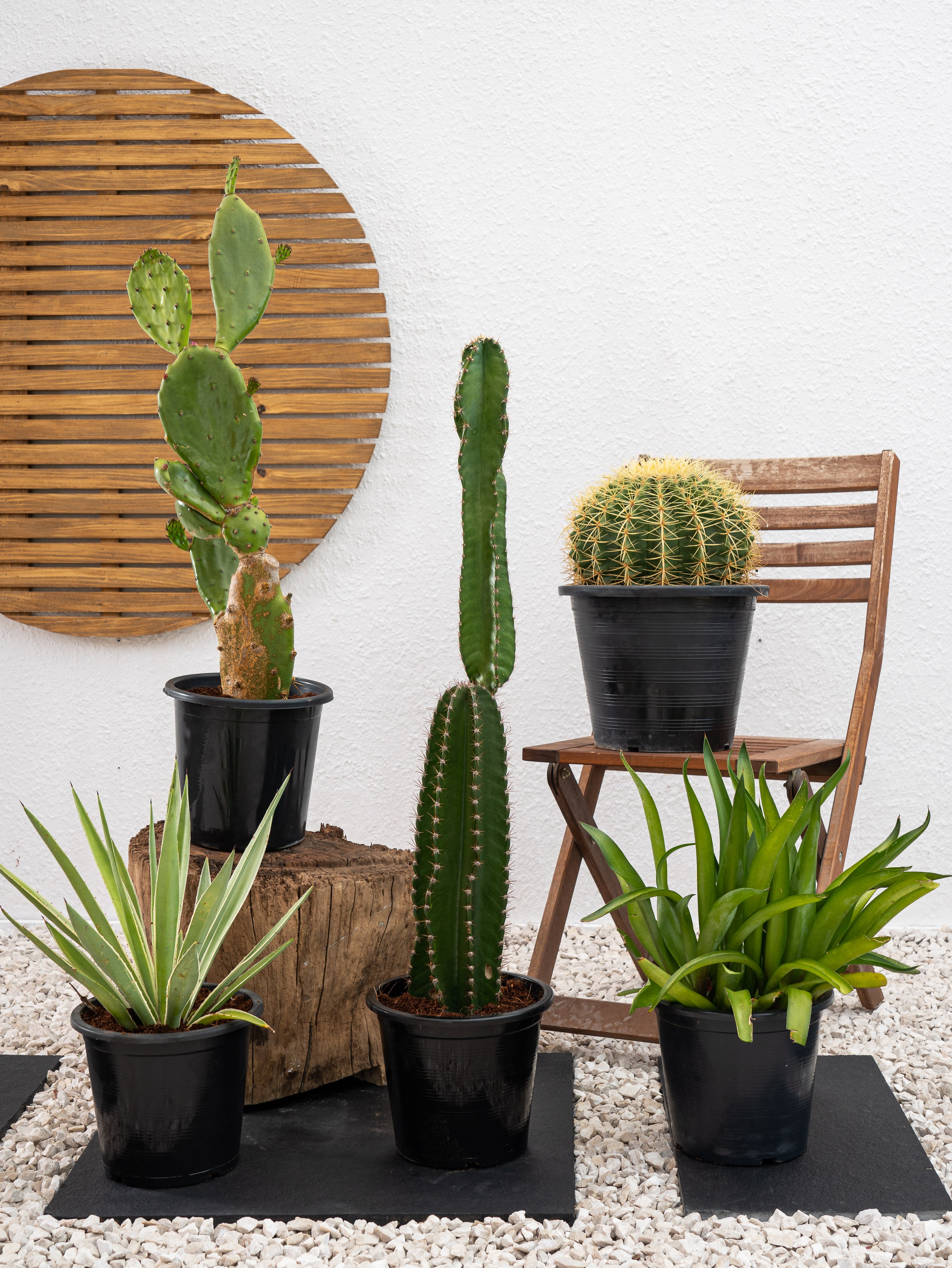

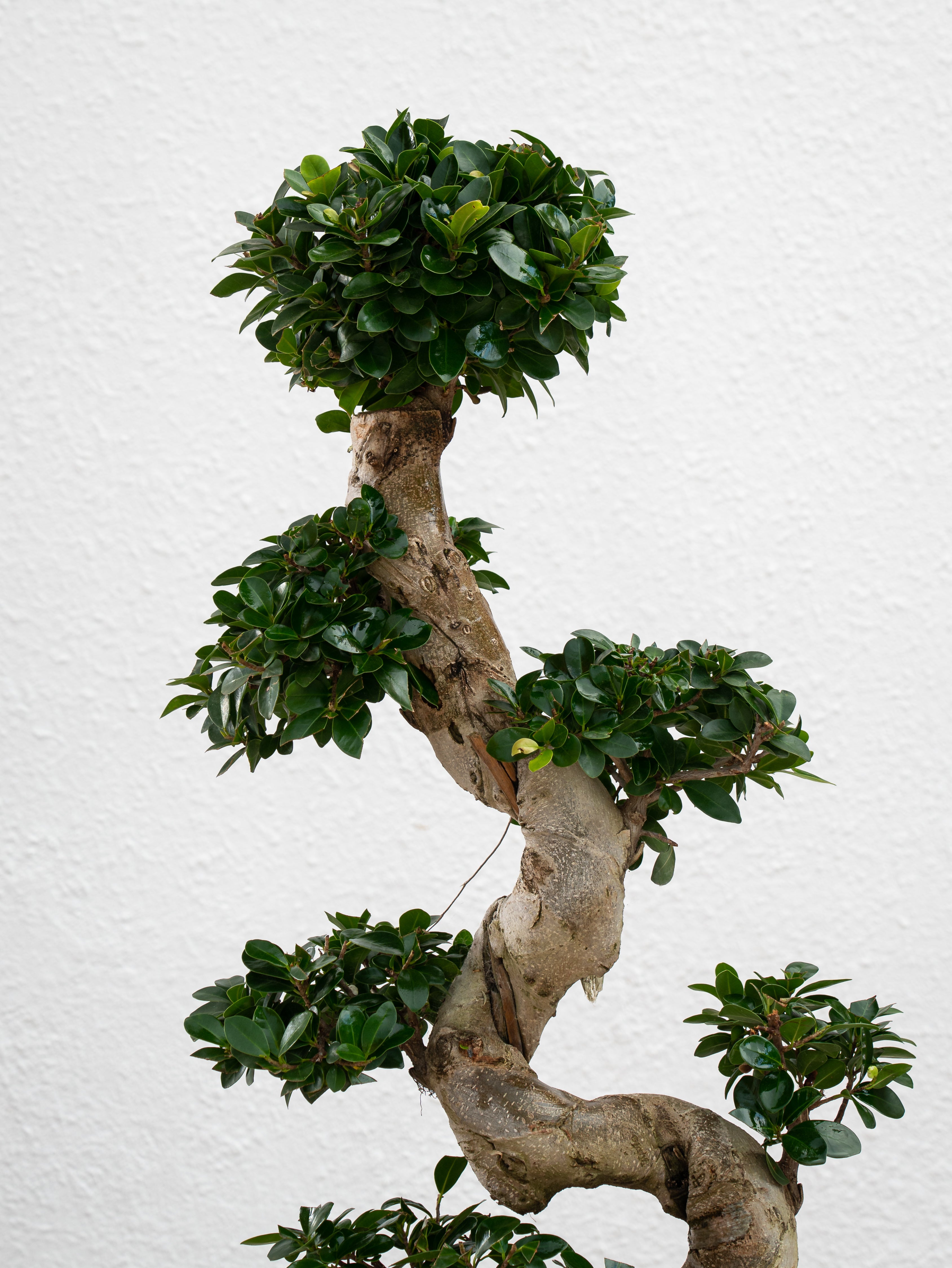
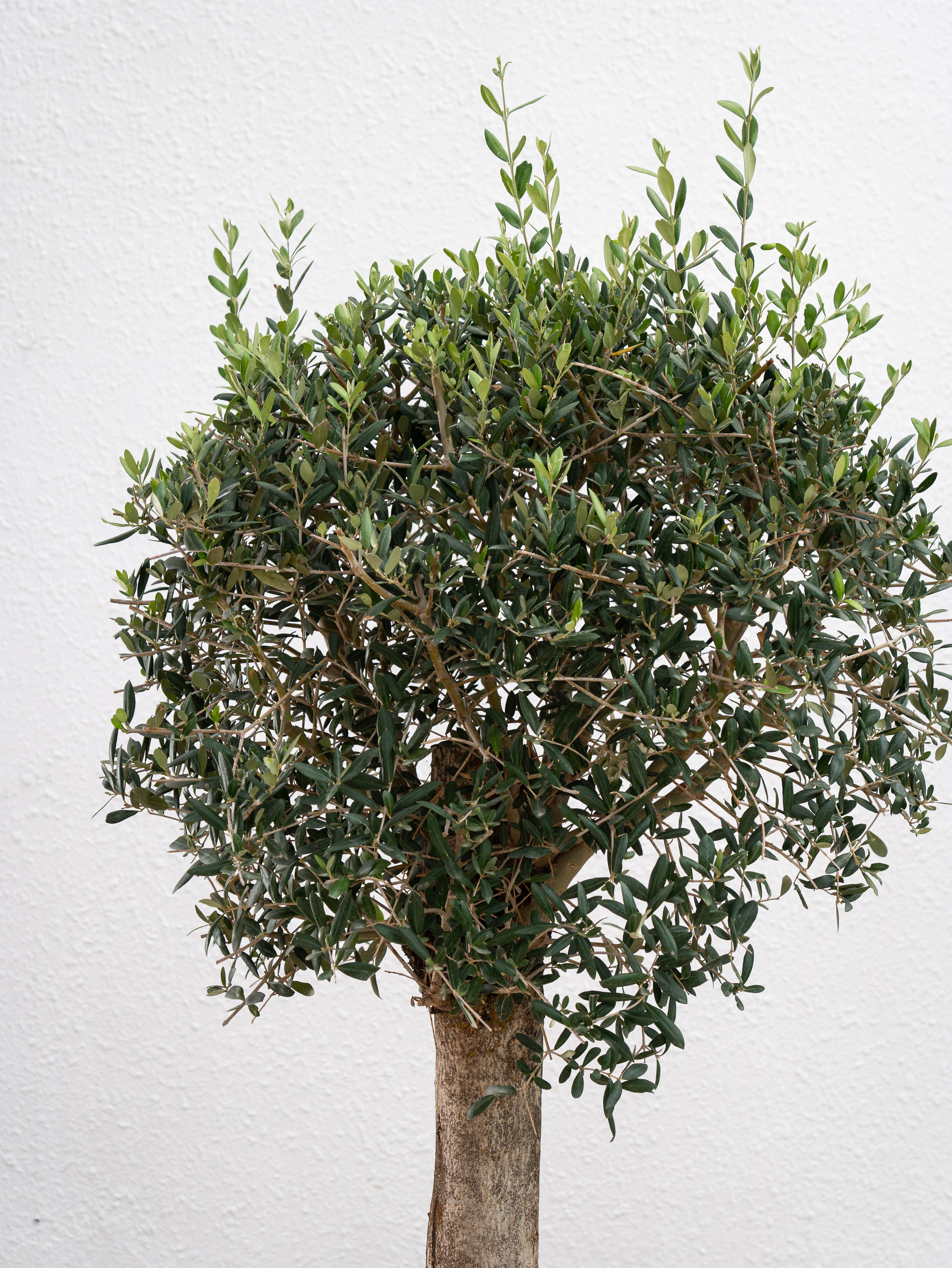
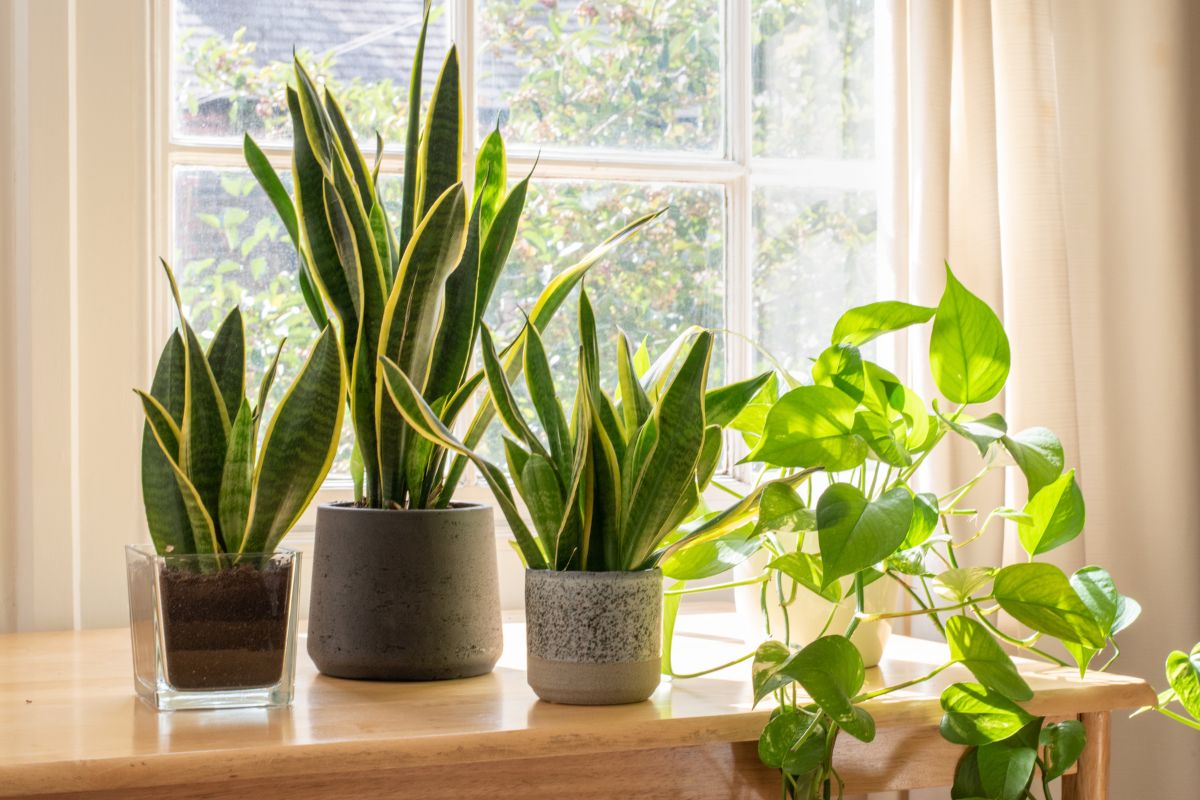


Leave a comment
This site is protected by hCaptcha and the hCaptcha Privacy Policy and Terms of Service apply.